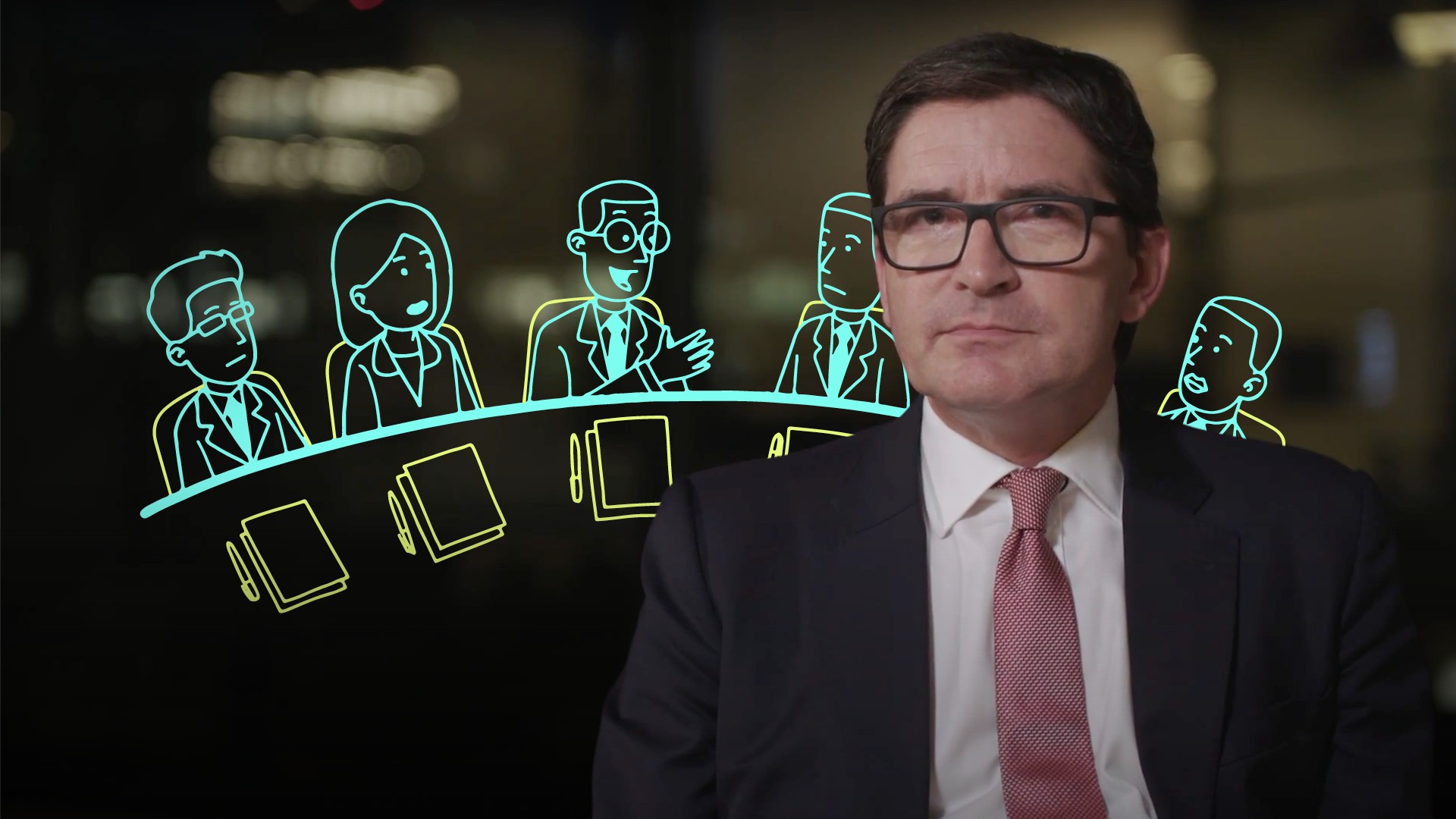
Groupthink and its Associated Bias Effects

Roger Miles
25 years: Behavoural science & conduct
Roger provides a detailed explanation on the biggest, but most misunderstood, bias effect: groupthink. He explains the factors driving groupthink and some specific examples that can harm businesses if ignored.
Roger provides a detailed explanation on the biggest, but most misunderstood, bias effect: groupthink. He explains the factors driving groupthink and some specific examples that can harm businesses if ignored.
Subscribe to watch
Access this and all of the content on our platform by signing up for a 7-day free trial.

Groupthink and its Associated Bias Effects
9 mins 47 secs
Key learning objectives:
Define Groupthink
Outline the factors driving Groupthink
Understand the Groupthink-related biases
Overview:
Groupthink is essentially a cluster of related bias effects that disrupts rational decision making and leads to misconduct. Consequently, financial and conduct regulators expect people to be aware and wary of these biases, in order to prevent future control failures.
Subscribe to watch
Access this and all of the content on our platform by signing up for a 7-day free trial.
Why are we biased?
- When there is too much information to take on board
- When there is not enough meaning
- When there is not enough time
- When there is not enough memory
What is Groupthink?
Groupthink is a bias that arises simultaneously in the minds of a group of people. Groupthink has a number of other bias characteristics associated with it, these include: motivated reasoning, wilful blindness, anchoring, conformity, expert bias and risky shift.Groupthink is most destructive under which conditions?
- Social pressure
- This could be a group where the members are seeking status. Group members may be likely to congratulate themselves, tacitly, on their own special status. They are looking to re-affirm both their own status and the status of others in the room. It’s a form of tribal behaviour.
- Conformity
- There is a bias towards consensus and the group rejects challenges, or avoids or redacts them, in order to maintain harmony. When members of the group agree, they agree enthusiastically. They avoid confrontation and even avoid having to consider alternative points of view.
- Structure of the group
- The group has a high status in the hierarchy of the firm. It knows that it consists of ‘the bosses’, often including dominant leaders whose colleagues are eager to please him/her and so they evaluate their choices with this in mind. There is likely to be limited diversity in the room, which further limits the range of choices available.
- Under pressure
- Group decisions become more risky and less rational when the group is under pressure. For example, if there is high stress coming from a threat in the market, some external stress, i.e. a takeover threat. The group will also tend to be defensive if its self-esteem has been damaged by recent failures, or is unable to make sense of a large quantity of information coming in - a cognitive overload.
When may other problems arise?
- It’s not obvious who has the decision-making powers
- The problem being considered is morally complex
- A problem entails ethical compromises
Have these problems been addressed, if not, how could they be resolved?
- Many of these problems have been tackled by the senior managers regime under conduct regulation. For example, SMR, so called role-mapping, is designed exactly to overcome the issue of senior people not being clear who is responsible for what.
- The issue surrounding the structure of the group could be solved if the group allowed in more cognitive diversity, people from other social backgrounds, genders or cultures that perhaps think differently and pose alternative points of view.
What are some Groupthink-related biases?
- Delusion of competency
- If you objectively check someone’s professional ability, you find that they are at the same time excessively confident and unaware that they lack the necessary skill. If this person is someone in your senior manager meeting who’s out of their depth, it may be useful to have a quiet word with them about their skill sets, or about doing a different job.
- Cultural cognition
- When members of a group tend to stick to their own and each other's beliefs, especially when they’re contradicted by a point of fact that clashes with their belief system. For example, it’ll be difficult to persuade certain entrenched groups that global warming is man-made.
- Motivated reasoning
- Where people with a personal motive or professional interest in the outcome of a decision let that distract them from an objective view of the choices available. For example, it’s hard to persuade any vested interest to give up its position.
- Wilful blindness
- When a group persists in taking a course of action without putting together the information it really needs to take the decision. It’s when the group ignores topical risk factors.
Subscribe to watch
Access this and all of the content on our platform by signing up for a 7-day free trial.

Roger Miles
There are no available Videos from "Roger Miles"



























